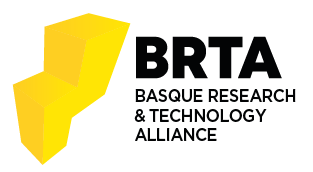Emergency Management and Response Through 3D Maps and Novel Geo-Information Sources
Authors: Estíbaliz Loyo Mendivil
Date: 25.04.2024
Abstract
Geographical Information Systems (GIS) are essential when representing the Common Operational Picture to have a complete understanding of the situation in disasters. A three-dimensional (3D) representation of the terrain, buildings and surroundings of an emergency area increases the situational awareness of first responders in comparison to the classical 2D map representation when facing the emergency response. This paper describes the architectural solution adopted and the set of functionalities developed to enable: a) timely geolocated representation of near real-time multi-sensor data from heterogeneous sources, b) interaction through a 3D GIS environment for virtual emergency area inspection, c) management of users, scenarios and geospatial elements, and d) advanced geospatial processes. Then, the components that enable the main geospatial capabilities are technically detailed. Finally, validation and evaluation activities carried out with professional first responders and trainees are described together with the results and feedback obtained.
BIB_text
title = {Emergency Management and Response Through 3D Maps and Novel Geo-Information Sources},
pages = {92-114},
keywds = {
Command and control; Disaster response; Emergency management; Location based services
}
abstract = {
Geographical Information Systems (GIS) are essential when representing the Common Operational Picture to have a complete understanding of the situation in disasters. A three-dimensional (3D) representation of the terrain, buildings and surroundings of an emergency area increases the situational awareness of first responders in comparison to the classical 2D map representation when facing the emergency response. This paper describes the architectural solution adopted and the set of functionalities developed to enable: a) timely geolocated representation of near real-time multi-sensor data from heterogeneous sources, b) interaction through a 3D GIS environment for virtual emergency area inspection, c) management of users, scenarios and geospatial elements, and d) advanced geospatial processes. Then, the components that enable the main geospatial capabilities are technically detailed. Finally, validation and evaluation activities carried out with professional first responders and trainees are described together with the results and feedback obtained.
}
isbn = {978-303160276-4},
date = {2024-04-25},
}







